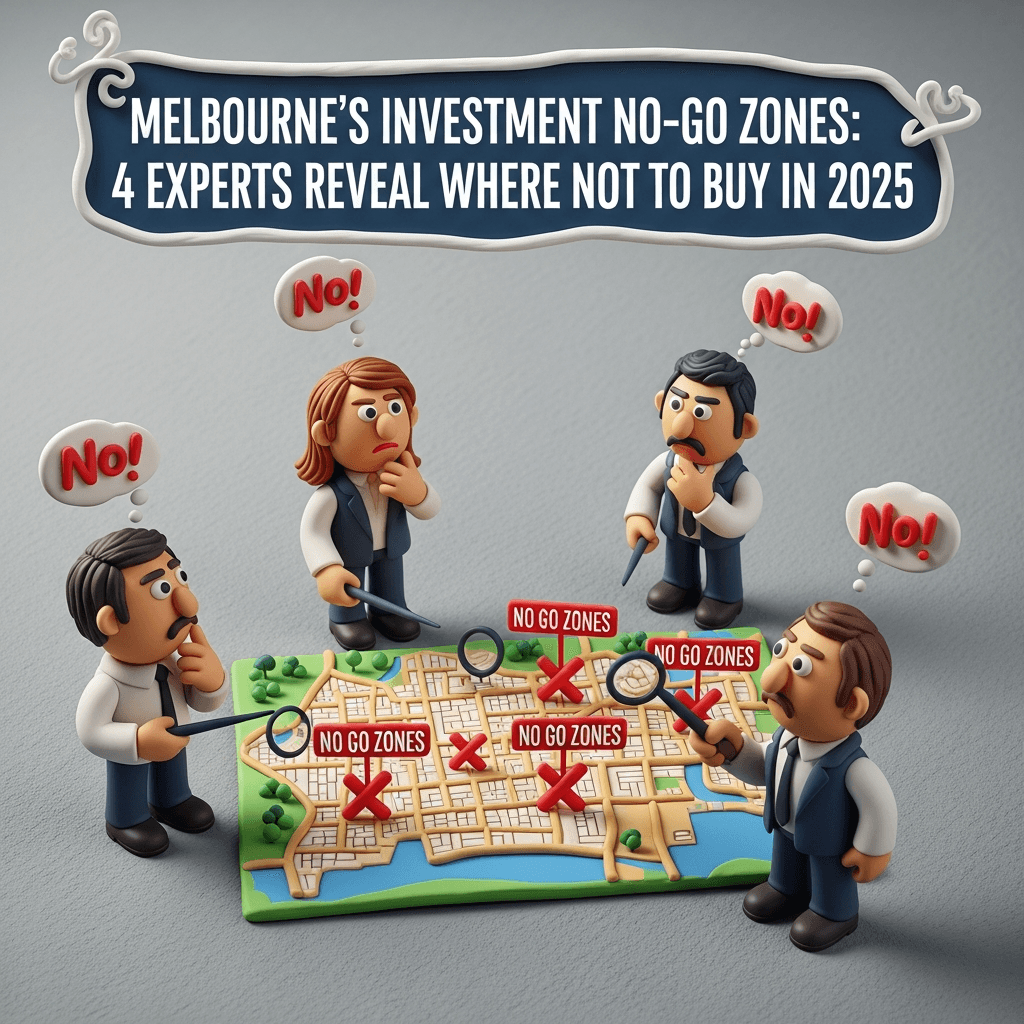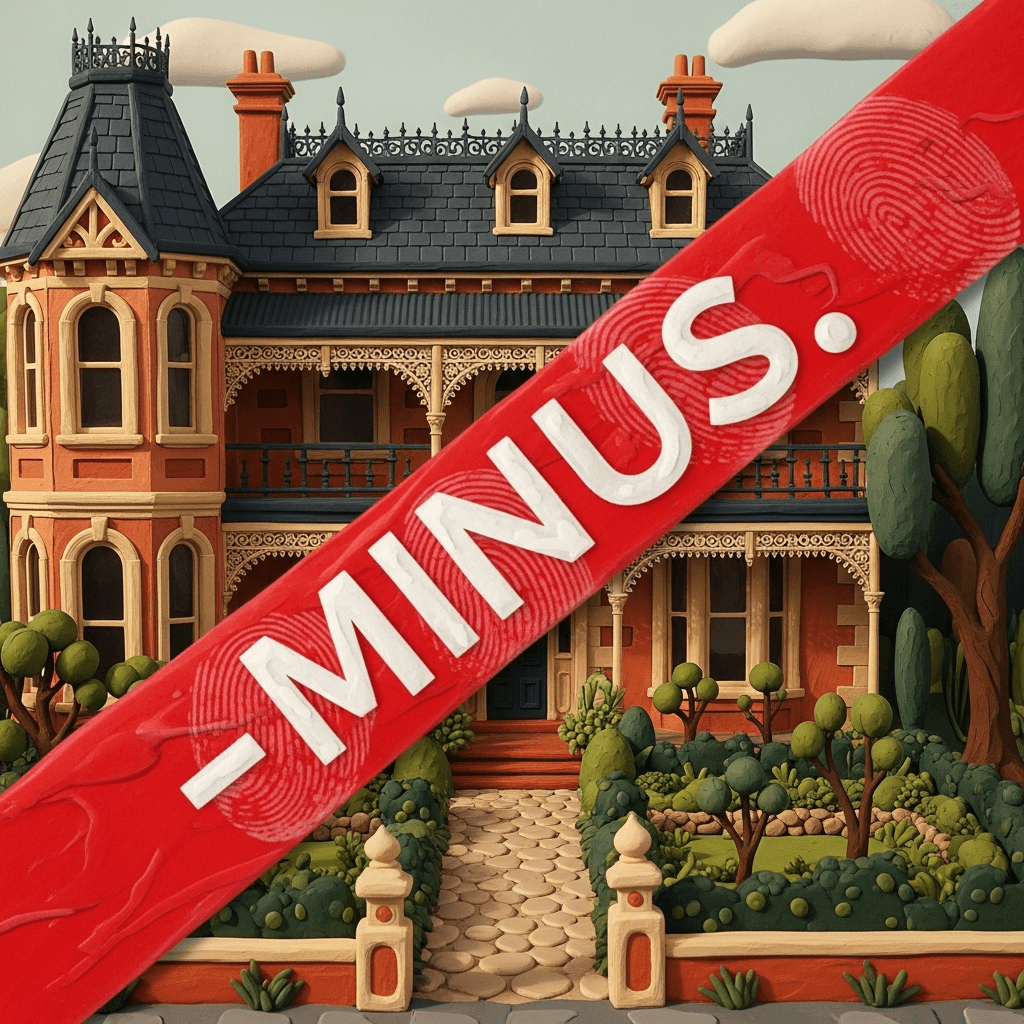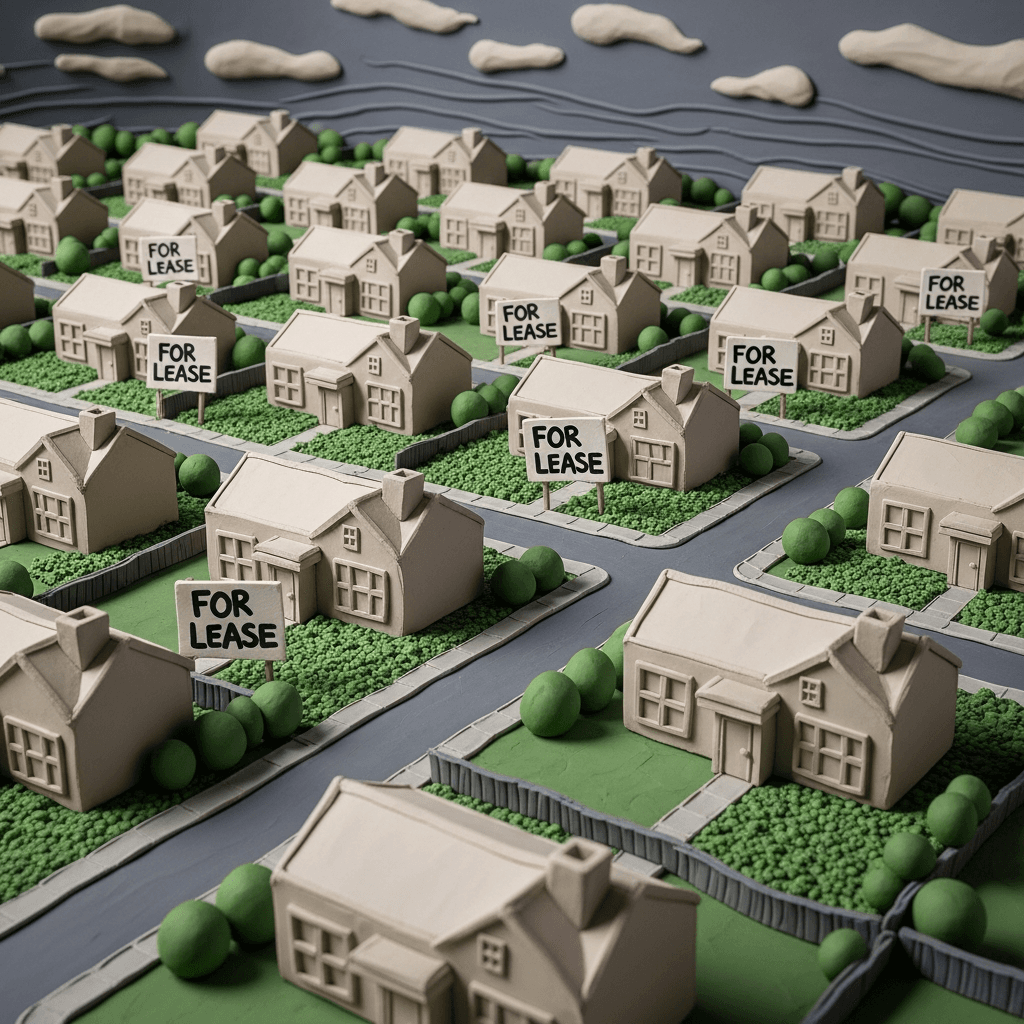Melbourne's Investment No-Go Zones: 4 Experts Reveal Where Not to Buy in 2025
Avoid costly mistakes by understanding the data-driven reasons behind Melbourne's property investment traps, from low yields to hidden zoning restrictions.

Introduction
Navigating the Melbourne property market in 2025 is an exciting prospect for many investors. But while some are positioning themselves for significant gains, others might be unknowingly walking into serious financial traps. The key to success isn't just knowing where to buy, but more importantly, where to avoid. We've consulted four of Australia's leading property experts to unpack the suburbs and investment types that pose the biggest risks to your portfolio growth. Their insights reveal that beneath the surface of a 'good deal' can lie critical flaws related to cash flow, development restrictions, oversupply, and local affordability.
1. Simon Loo: The Blue-Chip Yield Trap
Veteran investor Simon Loo advises caution against the allure of Melbourne's most prestigious 'blue-chip' suburbs, such as Toorak, Hawthorn, Canterbury, and Albert Park. While these areas are desirable places to live, they often make for poor investment vehicles for the average portfolio builder.
The primary issue is 'holdability.' A typical house in these suburbs can carry a rental yield of less than 2%, sometimes as low as 1.7%. For a $2 million property, this could result in a staggering negative cash flow of around $80,000 per year. This immense financial pressure makes the asset difficult to hold long-term and severely restricts an investor's borrowing capacity, effectively halting their ability to acquire more properties and build a diversified portfolio.

Instead of focusing on one expensive property, Loo's strategy emphasizes acquiring multiple, more affordable properties in areas with stronger yields and gentrification potential. The path from a $500,000 property to $1 million is often quicker and more sustainable than waiting for a $2 million property to become $4 million, especially when you can hold multiple assets without draining your finances. Finding these opportunities is simpler with advanced tools like an AI-powered property search.
2. Oliver Cheung: The Hidden Zoning Pitfall in the North
Property expert Oliver Cheung highlights a technical but crucial trap lurking in Melbourne's northern suburbs near the airport, specifically in parts of Dallas, Coolaroo, and Broadmeadows. Investors are often attracted to large blocks of land (over 600 sqm), seeing them as prime opportunities for subdivision or development.
However, these areas fall under the 'Melbourne Airport Environmental Overlay,' a planning scheme designed to manage aircraft noise. This overlay has two schedules with severe implications for development. Schedule 1, the most restrictive, completely prohibits subdivision and places heavy restrictions on building a second dwelling like a granny flat. You can't simply build a rental in the backyard to boost your yield.

Schedule 2 is less restrictive but still problematic. While subdivision is possible (with a minimum lot size of 300 sqm), any new construction must adhere to strict and expensive noise mitigation standards. This includes costly upgrades like acoustic-rated insulation, double-glazed windows, and specialized sealing. These are compliance costs, not value-add improvements, meaning they inflate your build expenses without increasing the final sale price, ultimately crushing your profitability. This is a perfect example of why detailed real estate analytics are essential before purchasing.
3. Junge Ma: The New-Build Nightmare in the West
Lead research analyst Junge Ma points her data-driven lens towards house and land packages in Rockbank, a developing area in Melbourne's west. While seemingly affordable, the data reveals a perfect storm of negative indicators for investors.
The most alarming statistic is the building approval rate, which stands at over 30%—a massive oversupply signal compared to the balanced market level of 2-3%. This flood of new stock has pushed the rental vacancy rate to an astonishing 14%. Such high vacancy puts downward pressure on rents and creates long periods with no income for landlords. For an investor, a 14% vacancy rate can be financially devastating.

Furthermore, high construction costs mean a larger portion of the purchase price is allocated to the depreciating building rather than the appreciating land. Combined with lower-than-average rental yields for new builds (often below 4%) and the risk of poor build quality from cheaper contractors, house and land packages in Rockbank represent a slow-growth investment with significant cash flow risks.
4. Dawn Fouhy: The Affordability Illusion in Broadmeadows
Buyer's agent Dawn Fouhy warns investors about Broadmeadows, a suburb that appears cheap to interstate buyers but is fundamentally unaffordable for the local demographic. This disconnect creates a fragile, investor-driven market that lacks the foundation for sustainable, long-term growth.
The average household income in Broadmeadows is approximately $1,100 per week. A mortgage on a median-priced home would consume nearly 90% of that income, making it unattainable for most local owner-occupiers. Consequently, an estimated 70-80% of recent buyers are investors. This is a major red flag, as sustainable growth and gentrification are driven by owner-occupiers with disposable income moving into an area, not by speculators.

While this investor frenzy can create a short-term price lift, Fouhy questions the long-term prospects. Without a strong base of owner-occupiers to sell to in the future, investors risk holding an asset in a market with a low price ceiling and a high potential for rising vacancy rates. For true outperformance, she argues for finding areas where local affordability and owner-occupier demand provide a solid foundation for growth.
Conclusion
To successfully invest in Melbourne's 2025 market, it's crucial to look beyond the surface. These expert warnings provide a clear roadmap of what to avoid:
The Blue-Chip Trap: High-priced suburbs with cripplingly low yields that destroy your cash flow and borrowing power.
Hidden Planning Restrictions: Areas with overlays that can render your development plans impossible or unprofitable.
Oversupplied New Estates: Markets saturated with new builds, leading to high vacancies and stagnant growth.
Investor-Driven Bubbles: Suburbs where prices have detached from local affordability, creating long-term risk.
By applying this level of critical analysis, you can steer clear of costly mistakes and build a resilient, high-growth property portfolio.
Ready to uncover the hidden data behind your next investment? Stop guessing and start analyzing. Use HouseSeeker's powerful real estate analytics to assess suburb performance, identify growth drivers, and avoid the traps the experts have warned about. Make your next move a smart one.
Frequently Asked Questions
Is it ever a good idea to buy in a blue-chip suburb?
Buying in a blue-chip suburb can be a great lifestyle choice if you plan to live there and have a very high income to absorb the holding costs. However, for the average investor focused on building a portfolio, the extremely low rental yields and high negative cash flow make it a financially inefficient strategy that limits future purchases.
How can I check for planning overlays before buying a property?
In Victoria, you can use the state government's VicPlan website. By entering a property address, you can view all relevant zones and overlays, including restrictive ones like the Melbourne Airport Environmental Overlay. This is a critical due diligence step for any property with development potential.
Why is a market dominated by investors considered risky?
A market heavily reliant on investors rather than owner-occupiers can be unstable. Investors are typically more sensitive to market changes (like interest rate rises or falling rents) and are more likely to sell en masse, which can suppress prices. Sustainable, long-term growth is best supported by a strong base of owner-occupiers who have a vested interest in improving the community and are less likely to sell based on short-term market sentiment.
